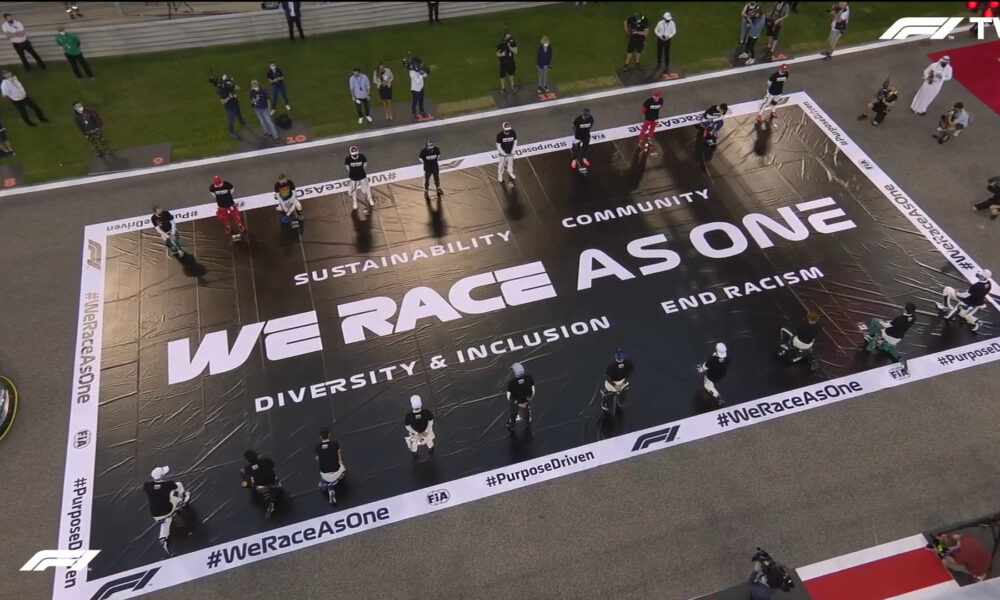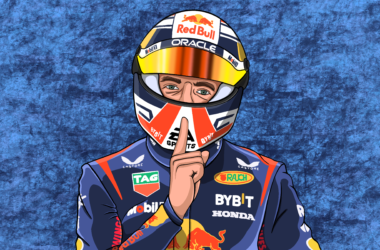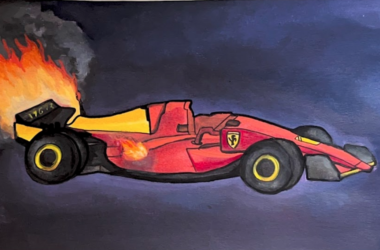On the eve of their 2020 season, Formula One (F1) released its #WeRaceAsOne initiative in tandem with the #PurposeDriven movement launched by the Fédération Internationale de l’Automobile (FIA). Cited as both a response to the COVID-19 pandemic as well as the Black Lives Matter protests, the initiative aimed to harness F1’s international reach to address what the FIA called the world’s two current major problems: COVID-19 and inequality. While F1 officials have stated that this initiative will be an ongoing process, the main goals seem to have been lost since the end of the 2020 season.
In the original announcement detailing the #WeRaceAsOne initiative, F1 declared that they would accessorize cars and parts of race circuits with rainbows. The stated meaning of the rainbow was to represent unity across communities during the COVID-19 pandemic, rather than its common association with the queer community. However, prior to the 2021 season, they announced that this element would be dropped.
The other key element of #WeRaceAsOne was for drivers to take a knee prior to national anthems preceding races. The action originated with American football player Colin Kaepernick, who took a knee during the national anthem as an act of protest against police brutality and systemic racism in the United States. When the action was first introduced at the 2020 Austrian Grand Prix, 14 of 20 drivers took a knee, but by the first race of the 2021 season, half of the F1 drivers remained standing. Last week, F1 announced that the 2022 season will no longer have a scheduled moment for the gesture.
The current CEO of the Formula One Group, Stefano Domenicali, stated in a recent interview with SkyNews that it was time to “move on” and start taking concrete action instead of focussing on gestures. As it stands, however, the only action taken in this vein has been an extension of the previously existing engineering scholarship program for marginalized students until 2025.
While there has been some effort made toward creating a more inclusive space in the sport, F1 continues to take problematic actions that counteract its goals. For example, the F1 race calendar features visits to countries that have anti-LGBT governments despite their stated commitment to improving diversity and inclusion.
Both individual drivers and F1 teams have made their position clear on this matter, with drivers like Aston Martin’s Sebastian Vettel and Mercedes’ Lewis Hamilton having voiced their concerns. Prior to the 2021 Hungarian Grand Prix, Vettel received a reprimand for wearing a pride shirt during the national anthems because of the Hungarian government’s support of discriminatory, anti-LGBT legislation. During races in Qatar and Saudi Arabia, Hamilton donned a helmet with a pride flag across the top in response to anti-gay laws that he called “terrifying.”
Teams have also made an effort toward inclusivity and diversity. Last June, Aston Martin partnered with Racing Pride, an organization focussed on increasing LGBTQ+ representation in motorsports. The team underwent diversity workshops and reviewed existing policies to improve visibility and acceptance of the queer community within F1. Aston Martin is certainly a leader in this regard, as many other teams have not matched their efforts.
F1 still has many steps to take in eradicating persistent prejudice and apathy. Following last season’s British Grand Prix, the FIA, F1, and Mercedes condemned racist abuse online against Hamilton, the only Black driver in the circuit. Despite this, F1 still chose to remove the scheduled opportunity to take a knee, one of the only gestures they made in the first place.
The sport has demonstrated its ability to make positive change, but continues to reverse its efforts in accordance with hesitation from the higher-ups of the sport. Stefano Domenicali and president of the FIA, Jean Todt, even commented that politics have no place in motorsport. This instance, along with many others, leads many to rightfully challenge F1’s hollow, performative commitment to fostering diversity.








